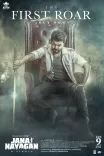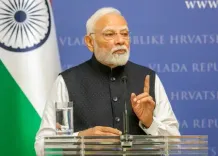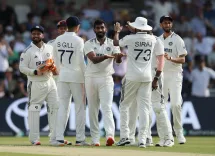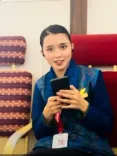How Does Filmmaker Muzaffar Ali Showcase the Importance of Traditional Textiles in ‘Umrao Jaan’?
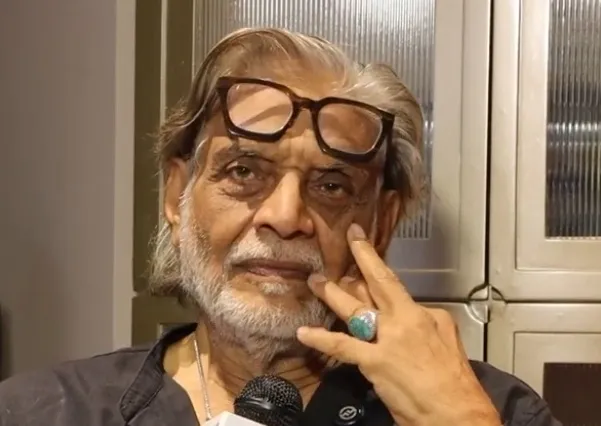
Synopsis
Key Takeaways
- Traditional textiles play a crucial role in storytelling.
- The film showcases the artistry of handwoven fabrics.
- Authenticity is achieved through sourcing costumes from personal collections.
- The narrative reflects a forgotten era of organic materials.
- Muzaffar Ali emphasizes the importance of understanding the language of clothing.
Mumbai, June 22 (NationPress) Filmmaker Muzaffar Ali has illuminated the profound cultural and artistic significance of traditional textiles in his 1981 masterpiece “Umrao Jaan.”
Renowned for its timeless grace, the film is distinguished not only by its narrative and music but also by its vibrant visual storytelling, deeply intertwined with handwoven fabrics, natural dyes, and historically accurate costume design. In an interview with IANS, Ali disclosed that the costumes were meticulously gathered from personal wardrobes and heirloom collections, enhancing the film’s authentic representation of 19th-century Lucknow. He remarked that the textiles were not obtained from markets but lovingly sourced from individuals’ homes, vintage wardrobes, and antique boxes, each woven with a rich history and significance.
He underscored that the film’s language was not merely articulated—it was embodied in the attire. Each character's clothing was pivotal to the narrative, reflecting a bygone era of organic materials, natural dyes, and handwoven textures. In stark contrast to today’s mass-produced fashion, the seasoned filmmaker lamented the disappearance of an age when clothes were crafted, dyed, and worn with a profound personal connection.
Muzaffar expressed, “Every frame is adorned with memories. The language in the film is that of textiles. These are not market items; they originate from people's homes, boxes, and wardrobes, having traversed through time and been worn by many. The clothing of all characters holds significance; it’s inconceivable for one person to don one style while another wears something entirely different.”
“Understanding the language of clothing is essential, but not everyone grasps it. Nowadays, purchasing clothes from the market is the norm. We aim to transport viewers to a time where we created our own garments—sewing, cutting, and wearing them ourselves. Those days are long gone.”
He further stated, “In earlier times, natural dyeing prevailed; chemical dyes were absent. Special weaving techniques were employed, and nylon was nonexistent. These garments are entirely organic. Crafting them required considerable time and effort, but it was rewarding. Engaging in creation—be it garments, music, or other forms—brought joy, even though time was limited.”
Over three decades after its premiere, the iconic film “Umrao Jaan” made a spectacular return to theaters on June 27, 2025, showcasing Rekha in one of her most iconic roles. This timeless classic was re-released in a newly restored 4K version.


